![China Fuyan [facetted eye], a new high-definition deep-space active observation facility in the country's Southwest Chongqing municipality. (Photo/courtesy of BIT Chongqing innovation center)](http://image.cns.com.cn/ecns_editor/transform/20220711/p2YP-hazynnw3913983.jpg)
China Fuyan [facetted eye], a new high-definition deep-space active observation facility in the country's Southwest Chongqing municipality. (Photo/courtesy of BIT Chongqing innovation center)
In a move to play increasingly role in global efforts to safeguard Planet Earth, China has recently begun constructing a new high-definition deep-space active observation facility in the country's Southwest Chongqing municipality, with goals including boosting its defense capability against near-Earth asteroid as well as sensing capability for the Earth-Moon system.
The new observation facility, codenamed China Fuyan [facetted eye], will be consisted of distributed radars with more than 20 antennas, and each antenna will have a diameter of 25 to 30 meters. Working together, they are expected to carry out high-definition observation of asteroids within 150 million kilometers, the Global Times learned from the project lead, the Beijing Institute of Technology.
The Beijing Institute of Technology Chongqing innovation center, China's National Astronomical Observatories under the China Academy of Sciences, Tsinghua University and Peking University will also join the Fuyan construction process, which will become the world's most far-reaching radar system.
Long Teng, President of the Beijing Institute of Technology, who is also a member of the Chinese Academy of Engineering, said in a statement the university provided to the Global Times that as the system comprises multiple antennas, just like the facetted eyes of the insect, we give it a vivid name, China Fuyan.
Long said that the construction will fill in blank space and meet the country's requirements including near-Earth defense and space sensing capability, as well as frontier studies on Earth habitability and the formation of asteroids.
The Fuyan program comes following China's announcement in April of plans to build a near-Earth asteroid monitoring and defense system to deal with the threat of asteroids impacting spacecraft, and contribute to protecting the safety of the Earth and the human race.
A ground-based and space-based monitoring and warning system for asteroids will be set up to catalog and analyze asteroids that potentially pose a threat to human space activities. Technology and engineering will be developed to dispel these threats.
The new radar facility in Chongqing will also support the country's quests of probing the territory between the Earth and the Moon, including searching for a proper landing target for the Tianwen-2 probe mission, the Global Times learned from the Beijing Institute of Technology.
Zhang Rongqiao, the chief designer of Tianwen-1 Mars probe mission, revealed to the media in May that Tianwen-2 has entered its prototype research and development stage, and it is expected to be launched by 2025.
Tianwen-2 will be a decade long mission, during which the probe will carry out observations as well as returning samples from near-Earth asteroid 2016HO3. According to Space.com, the target asteroid is also named Kamo'oalewa, which may actually be a blasted-off piece of Earth's moon.
According to Long, the program will be proceeding in three-stages. Four pieces of 16-meter-diameter radar will be set up to verify the feasibility of such system and achieve a 3D image render of the Moon.
Currently, two of the four radars have been constructed in Chongqing, and they are expected to become operational by September this year.
The second stage will be increasing the number of antenna to more than 20 and form a high-definition distributed radar system equivalent to one with 100 meter diameter, enabling the country to probe and image asteroid some tens of millions kilometers away and to verify relevant technology.
The third stage will eventually realize the 150 million kilometer observation capability and become the world's first deep-space radar to have the capability to carry out 3D imaging and dynamic monitoring as well as active observation to celestial bodies throughout the inner solar system.
The Beijing Institute of Technology's Chongqing innovation center told the Global Times on Sunday that the schedule and scale of the third stage is yet to be determined, as those decisions would be made based on results and studies run during the previous stages.
Space experts contacted by the Global Times on Sunday said that different from the working principle of the 500-meter Aperture Spherical radio Telescope (FAST) which is designed to collect passive observations of radio signals from space, the new Fuyan will be actively shooting radio signals to celestial bodies in order to obtain new observations.
"This deep-space radar system would certainly cover full range in the Earth-Moon system, as the Moon is only some 400,000 kilometers away. And that would mean the system would be able to monitor country's spaceship and spacecraft's journey to Moon, which would be a great help for China's lunar exploration," Wang Ya'nan, chief editor of Beijing-based Aerospace Knowledge magazine, told the Global Times on Sunday.
The system's high-definition active observation capability which stretches to a 150 million kilometers would be extremely valuable for us to learn about details of near-Earth asteroids and the more we know about it in terms of size, shape and flight information, the better can we defend or intervene its impact, Wang noted.
As China's space technology has made achieved numerous noteworthy advances including successful deep-space exploration to Moon and Mars and also that in the sector of manned space programs, China is playing an increasingly important role in global efforts to defend against near-Earth asteroids, observers noted.
























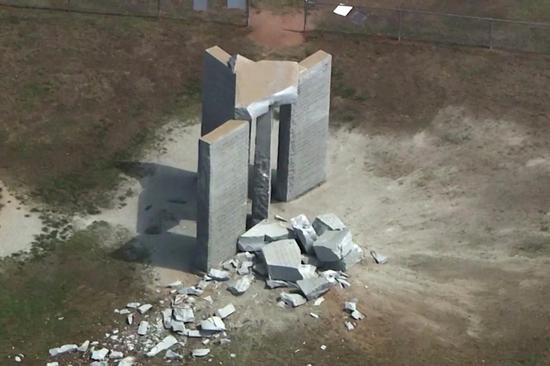


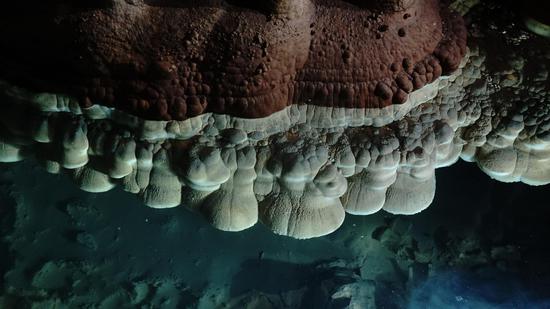




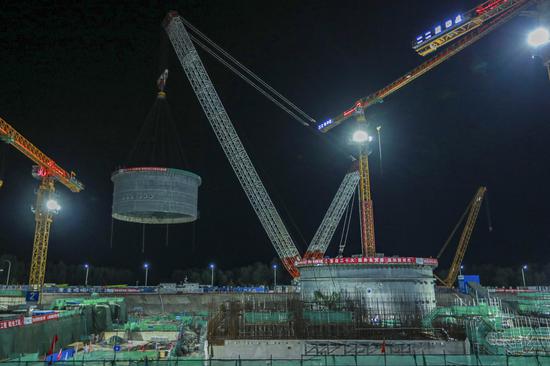


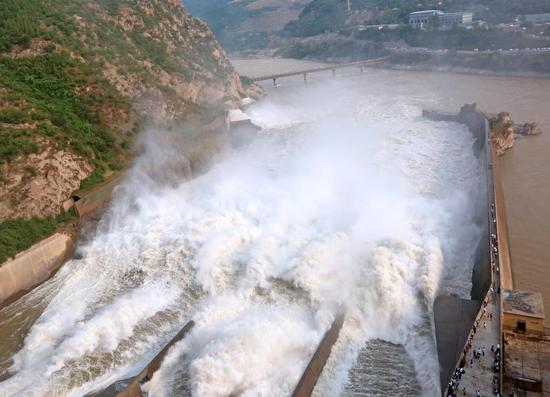

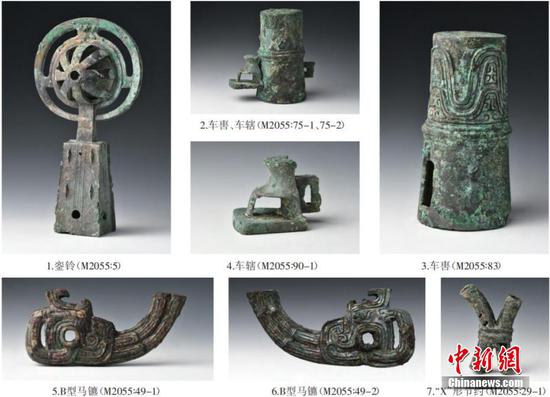












 京公网安备 11010202009201号
京公网安备 11010202009201号